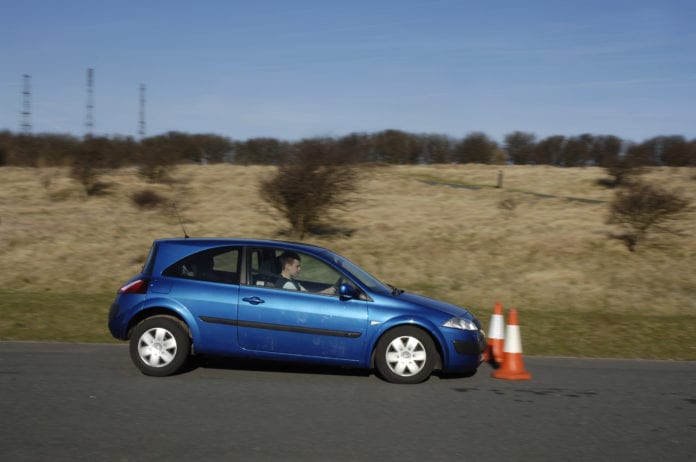Stopping in an emergency is easy, right? You just put the brake pedal to the floor. Well, there’s more to it than you might think. Here’s how to do an emergency stop safely.
If you need to stop in a hurry to avoid a collision, you need to have the right technique. Although an emergency stop is more straightforward than any of the driving test‘s reversing manoeuvres, there’s still a right way and a wrong way to stop a car quickly.
1: Hit the brake pedal
Obviously, if you want to stop you need to press the brake pedal. As soon as the examiner raises their hand and shouts ‘stop’, move your right foot to the brake and press down firmly. Don’t worry about checking your mirrors – the examiner won’t ask you to perform the emergency stop unless it’s safe to do so.
Modern cars are fitted with anti-lock brakes (ABS). However hard you hit the brake pedal, ABS will prevent the wheels from ‘locking up’ (no longer turning while the car is still moving), which means you will still be able to steer. You may notice a pulsing sensation through the pedal when the ABS is working. Don’t be surprised by this, and keep pressing down hard on the brake.
2: Depress the clutch
Just before the car comes to a halt, press the clutch pedal with your left foot. This will prevent the car from stalling. When the car stops moving, apply the handbrake, put the car in neutral, and take your foot off the brake pedal.
3: Move away safely
The examiner will tell you when they are ready for you to pull away again. Don’t let your concentration drop, and remember to check in your mirrors and blind spots before you drive off and continue the test. Having proven that you know how to do an emergency stop you don’t want to rack up a driving test fault for poor observation.



